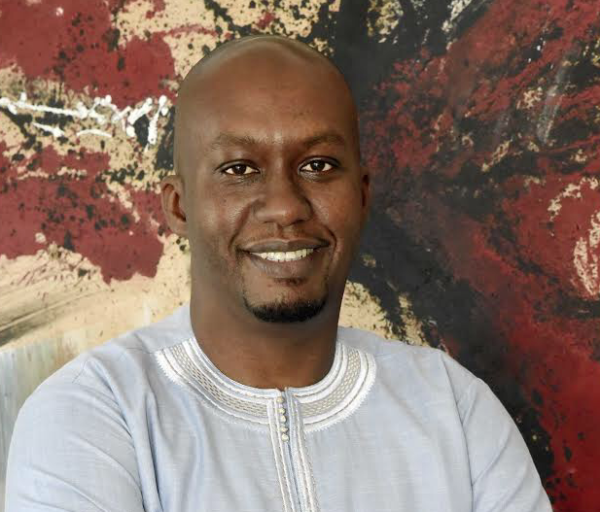This May 25th, The Africa Day . The Continent is celebrating a new era of growth and economic development. The Energy Sector is definitely a key success factor.
By Mamadou Goumble*
In 2019, Africa is well positioned to leapfrog the developed nations by adopting and embracing new and innovative green energy solutions. In recent years, green energy has become more affordable and cheaper than conventional energy sources. The price levels achieved in various renewable energy programs, such as the Scaling Solar program, is strong evidence of this. In the future, renewable energy will become the dominant source of energy leaving conventional sources to become the back-up energy providers. This is a complete reversal of current system thinking and norms.
2009, 10 years earlier, marked the beginning of a new era in the electrification of Africa as it was from this time that the ‘dark continent’ started to become brighter at a rapidly growing pace. From this time, Africa had realized over 60% of the world’s conventional new build capacity to grant universal access to energy and support the economic development of the continent.
A 100% renewable energy vision in Africa is not as utopian as one may think. According to Bloomberg NEF, in 2040, renewable energy will consist of 32% of the energy mix in Africa, followed by gas (30%), coal and hydro (16% each). That means nearly 300 GW in solar energy!
However, in order to achieve that vision, solutions would have to be found to the various disruptions created by the massive introduction of renewable energy in Africa.
Technical disturbance linked to the intermittency of this source of energy: an electricity grid always requires a perfect equation between the generated energy and the consumed energy. Any variation results in a deterioration of the quality of the energy, including the frequency, and might even lead to a total blackout of the electrical system. Today, most African power grids will have difficulty absorbing more than 30% of renewable energy, as the primary weakness of renewable energy remains their dispatch intermittency. A technical solution would be for example the implementation of energy storage solutions (for instance with batteries), or the implementation of the most flexible production solutions. Flexibility is Key. Coal-powered stations are extremely inflexible and will be the first ones to pay the price. A certain amount of flexibility would also be needed in the PPA contracts of IPPs (Independent Power Producers) often in “Full Take Or Pay”. These investors will obviously need to secure their balance sheet in order to find financial organizations that will go along with the project. But probably an intermediate vision, for instance Partial Take or Pay, would be a win-win solution.
The vast African solar resources which runs from the Sahel to the Horn of Africa presents unique opportunities when considering new Power-to-X developments. For example, excess solar during the day time could be utilized in the production of synthetic gasses which may then in turn be used for conventional power production in the evenings. And then there is natural gas! Flexible gas will play a leading role in Africa as one of the preferred renewable energy enabling technologies. The recent discoveries in Africa give hope for abundant availability of this resource at an attractive price and conventional power plants of medium size will be needed for the development of renewable energy. A vision of 100% renewable energy does not necessarily mean that only renewable energy sources will be installed: in fact, this vision implies the implementation of a smart energy mix that can guarantee the sustainability and reliability of the grid. It is therefore critical that moving forward, a clear strategy be taken to choose the best types of power plant technology, supported by the appropriate regulatory framework, in order to enable a 100% green energy Africa in the future.
Mamadou Goumble
Vice President, Wärtsilä Energy Business
Mr. Mamadou Goumble has some 15 years of broad-ranging experience from utility business in Africa both from production and distribution side. Currently Mr. Goumble holds a position of Vice President at Wärtsilä Energy Business in charge of Africa.
Wärtsilä has a long tradition of working with African countries. During the past 50 years Wärtsilä has equipped and/or constructed over 600 plants with 1,300 engines producing some 7.2 GW of power in 60 countries only in Africa. All in all, Wärtsilä has some 67 GW of installed power plant capacity in 177 countries around the world. Wärtsilä is a front-runner in energy system integration and a leader in smart technologies for energy markets.



